8 Things We Did That Made Potty Training EASIER
Want the best start to potty training or need help getting back on track? Try my tips for easier, more successful potty training – they worked for us!
Of all the toddler milestones, I looked forward to potty training the least. In fact I consciously delayed it. No way would I ever be prepared for a week stuck at home navigating a three year old’s rogue stream of wee.
Then lockdown happened. And though the great Covid-19 “shut in” elevated my already profound anxiety, being made to stay home actually proved the perfect opportunity to get potty training done. Which we did. (Great job, son!)
That’s not to say potty training wasn’t without its problems – there was plenty persistence along with trial and error. And since we’ve only the experience of potty training the one child – our son – I have no idea whether a boy is easier than a girl, or what. All I know is, if it weren’t for testing times such as these, I wouldn’t have made it this side of potty training with my (somewhat unhinged) sanity intact nor have these tips to pass on today!
So. If you’re gearing up for potty training or you’ve found yourself stuck, one of these suggestions might help.
6 Tips for Simpler Potty Training
1. Forget clothes
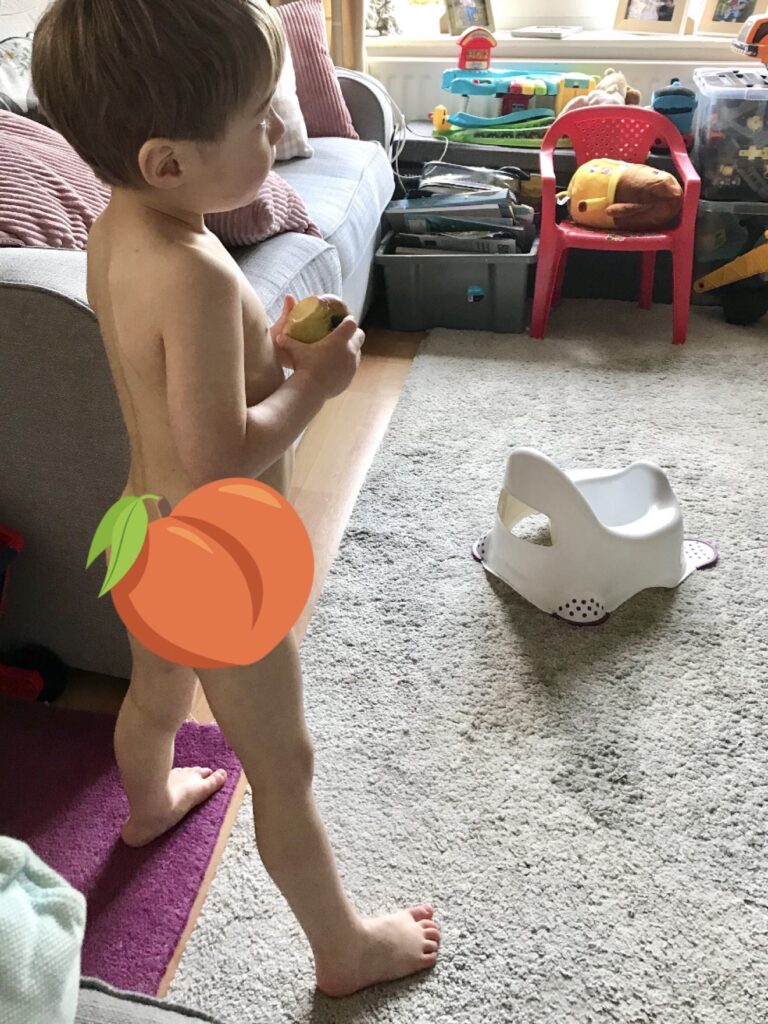
Not you, the potty apprentice! This was how we tackled that first awkward, unsure stage of introducing the new idea of peeing without a nappy. This obviously works better if you’re at home all day, because the whole concept is simply allowing your child to go about their day completely naked. As opposed to switching immediately to pants or knickers, this makes them more aware of their body and its functions, which means they can better understand when they need to go to the potty. We didn’t need to do this for long, when we moved to going “commando” – top half dressed but bare bottomed so there were no nappies or pants to create confusion.
1. Bottle it up
Now this is possibly easier with boys given their anatomy and that, but since you can acquire the “she wee”, I’m guessing there’s no reason why girls can’t do this too – and that’s pee into a bottle. Not so much around the house, but done when nature calls on the go and you can’t just go pee behind a bush. I carry an old drinking bottle that has a wide opening in my bag for this very reason and I swear it saves me so much stress worrying about where little man can have an emergency pee. I’m sure it makes him feel more confident knowing it’s there if he needs it too. Just remember to empty the bottle somewhere safe and sanitary afterwards.
3. Pick a potty (or two)
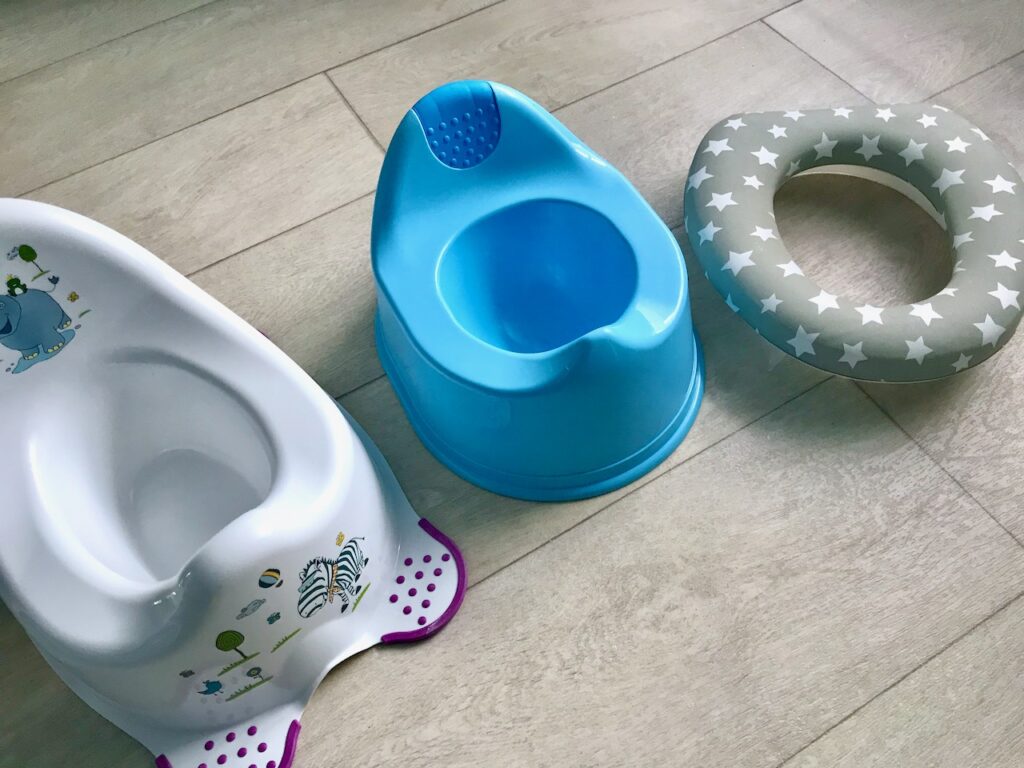
Before we began potty training, I always had this idea that there was a single potty. Which I guess many people will manage with just fine, as did my mum with us kids, but I found having a few options available helped encourage and remind our son where to go for his business. Two slightly different style potties, a mini toilet potty, and two types of child seats for the toilet. Not only did it help encourage the use of them, but little man found his preferences for upstairs and downstairs.
4. Protect the floor
Pee splashing places where no pee should be going is definitely an anxiety provoker and something I personally struggled with. Preventing or even alleviating some of these natural toilet mishaps helped. Aside from ensuring *some* potties were placed in rooms with vinyl or stone flooring, putting down big towels and even puppy pads (large absorbent pads just like bed pads) helped to keep carpets and rugs dry.
5. Praise (or keep it quiet)
Knowing when to commend and when to just carry on is key to potty training success. A round of applause from his mum and dad did the world of good to our little boy, and even still, when he’s gone to the potty or toilet himself we tell him “good job!” and “well done!” or a “nice one, dude!” (especially when a good poop has been delivered in the right place.)
On the other hand, chastising accidents – or even the more seemingly intentional ‘deposits’ – never helped, at most created a stumbling block. Oh the frustration when we’d find a poop laid on the window sill… So we tried to remain as calm and pretty much normal as possible, with a positive push to aim for the potty/toilet next time.
6. Stalk!
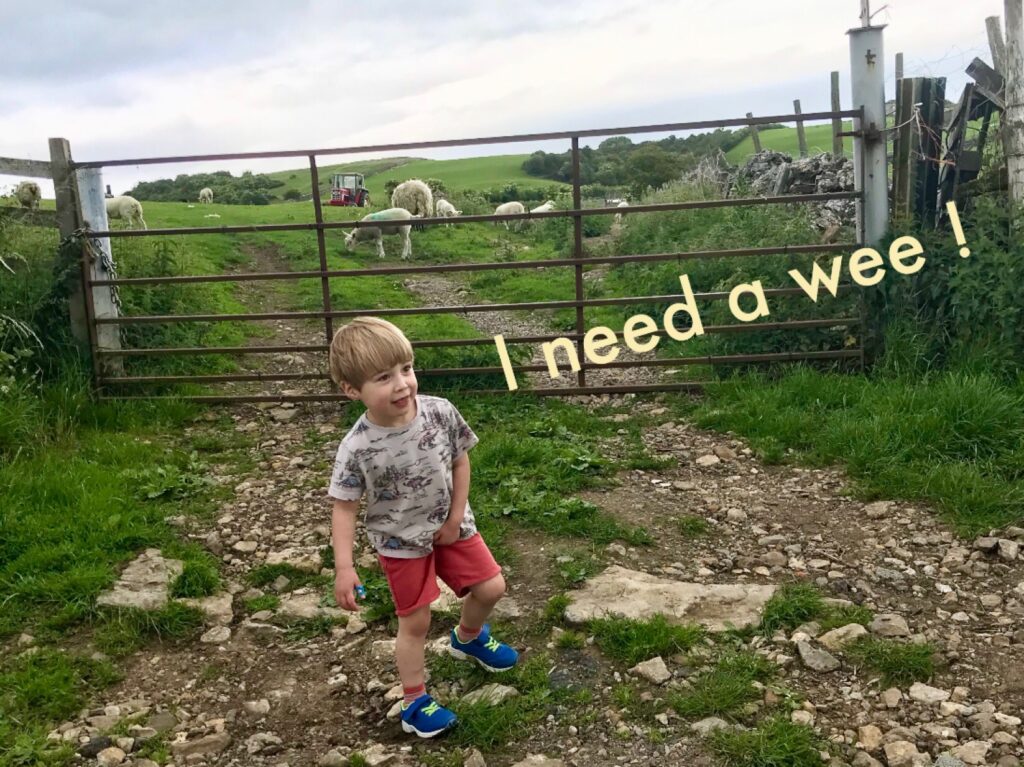
Familiarise yourself with your little one’s toilet habits. Do they disappear to poop? Like a certain spot in the room? Do a wee-wee dance? Looking for your child’s cues can really help move the potty training forward at the right pace and in the right direction. For example if your toddler pees in their nappy in a certain place, you can try placing a potty there.
While we figured out when our son was “needing to go”, we didn’t catch on to his cues early enough when he’d need to poop. What was happening was our little man’s toilet habits were changing, and the “poop cue” was different. It took a little while to address (and some unpleasant pooping in undesirable places) but eventually we got there; plenty keeping one eye on the boy and jumping up to redirect toward the potty to avoid accidents. Stalk and you’ll get there!
7. Open a Book

This is where potty books come into their own! Aimed toward the little person themselves, potty training books help explain the new daunting process of going to the potty or toilet. Find one or two that your toddler likes – our son loves the Pirate Pete Potty book and the Pip and Posy book, The Little Puddle. I found reading through these books really helped open up the dialogue and kept the idea fresh as we began the journey. They’re helpful for passing the time while sat on the potty too!
8. Reward
Reward charts are a popular choice with parents and little ones who have a target to aim for. Some friends used these, but a physical chart didn’t really work for us. Instead, we just asked Reuben what toy he wanted to work for, and we’d regularly remind him of it as encouragement, especially when the going got tough.
So for a week of potty wees he got his giant digger and after the poop battle, he got his new battery operated train. He felt very proud to receive his ‘big boy’ rewards!

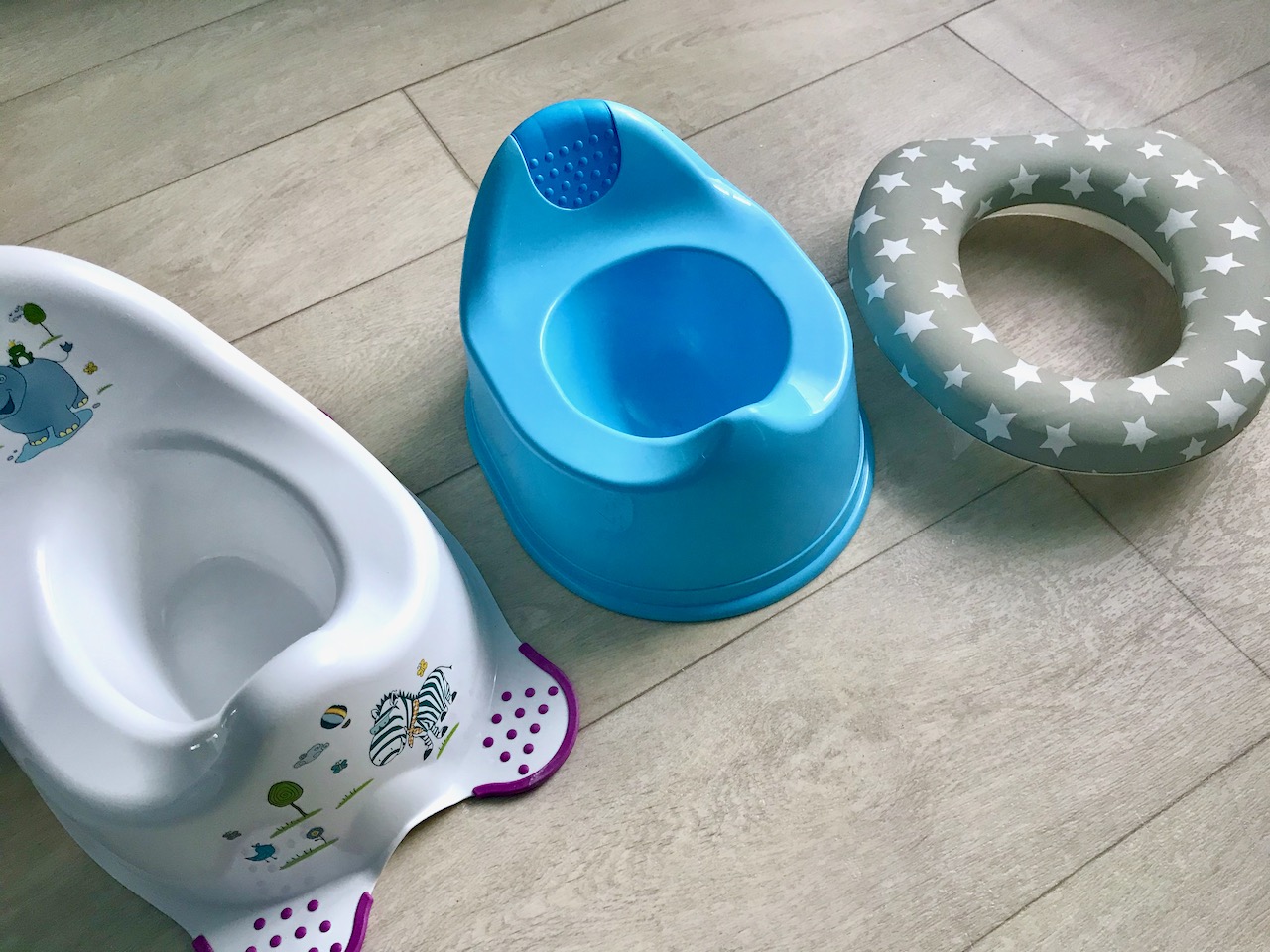
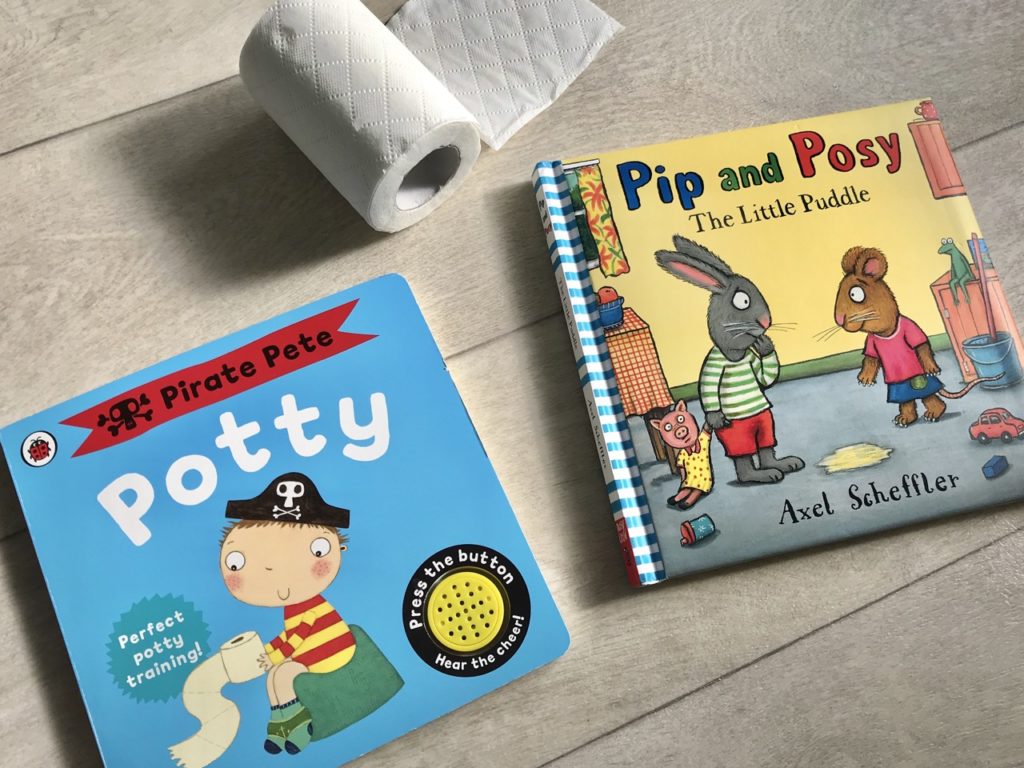
Leave a Reply